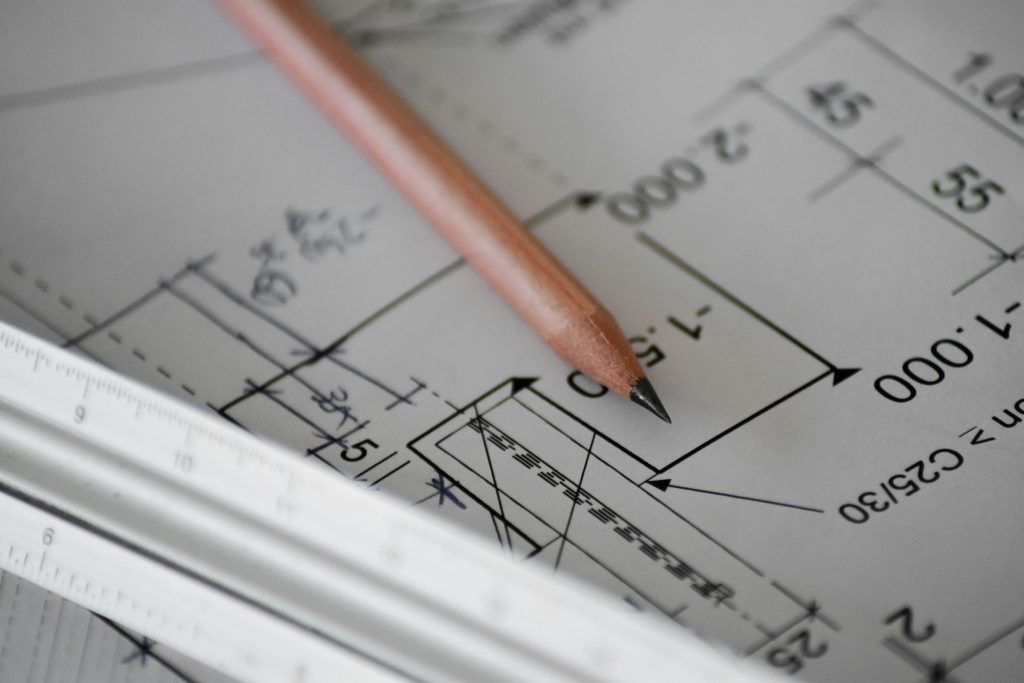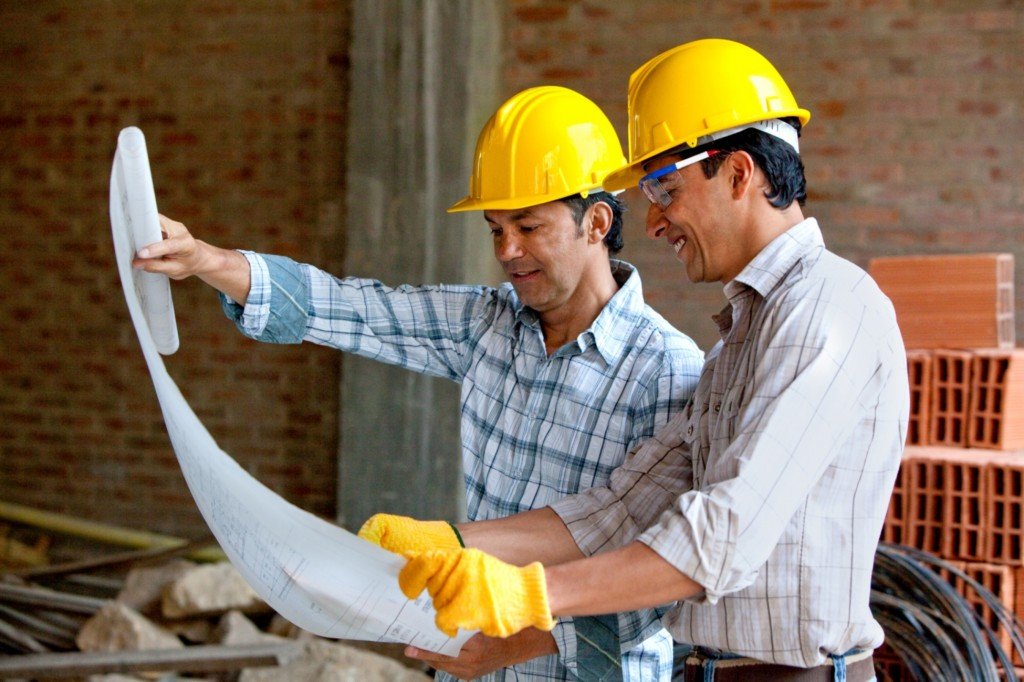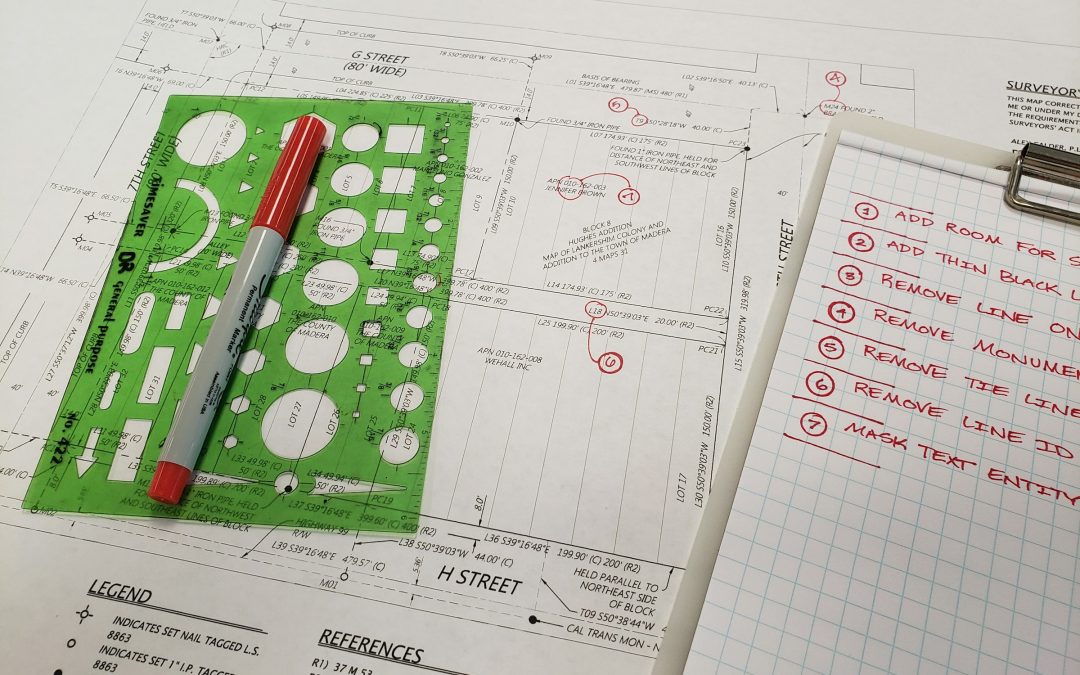You’ve decided to build a custom home, but what happens next? You have a lot of big ideas for exactly what you need and want in your home, from the style of building all the way down to the light switches and door handles inside. To make your dreams a reality, you’ll want to meet with an architect or designer – like the staff at Acipe Design – to discuss these plans and watch them come to life through drawings and 3D renderings that will help you visualize your finished home.
We work hard to make your custom home build the home of your dreams, and the sky is the limit, as long as the building code allows it. We’ll work with you and all your big ideas and make sure they fit within building codes to ensure your and your family’s safety and enjoyment of your home for years to come.
Table of Contents
What Are Building Codes?
Building codes are a set of laws, ordinances, and regulations put in place by a government legislative authority such as a local government council and regulate the construction of a building. Building codes encompass details including rules for the design of the building, how it should perform, building methods, and grade of building materials used. A set of codes also apply to the electrical, energy, plumbing, and mechanical systems of the building.
How Are Building Codes Determined?
Most codes are modeled after the International Building Code (IBC) or the International Residential Code (IRC), which has been developed by the International Code Council (ICC). State and local building codes follow these larger frameworks, but take into account local laws and ordinances, and planning for natural disasters and other location-specific needs. For example, building codes in California have strict requirements when it comes to safety from earthquakes, but in Michigan earthquakes are not a worry. Homes in Florida must meet strict standards for hurricane protection, something which both California and Michigan do not typically see.

Whatever your local building code covers, those codes are set in place to help standardize construction practices, as well as guide code adoption by municipalities in order to ensure public health, safety, and welfare.
The Impact of Building Codes
Building codes aren’t just rules put in place that stop you from doing what you want. Like other laws, they are put in place for the community’s safety and well-being. Building codes also address functionality and sustainability by setting a minimum standard for such building attributes. Designers and contracts must adhere to these absolute minimums, but building codes reach beyond just construction to comply with things like:
- Public safety regulations
- Provision of public services regulations
- Building accessibility regulations
- Design standardization
- Ease of Ownership
Public Safety
As with any situation, in residential construction safety is paramount. Public safety regulations include eliminating water contamination, safety both inside and outside of a building, and managing and mitigating the risk of construction near existing buildings. Complying with public safety codes also reduce the potential of hazards and remove the threat of sub-standard design and construction, ensuring a mitigation of risk of fatal design and/or construction flaws. Building codes also focus on ensuring a safe working environment for construction workers and contractors during the construction phase.

Public Services
Public services encompass fire and ambulance services. These first responders must be able to reach and enter any building with ease when mere seconds can me the difference between life and death for inhabitants. Good building codes also seek to protect first responders while performing their duties.

Other public services encompassed in building codes include that the building suits its environment by appearance, there is adequate stormwater drainage, it complies with noise regulations, has a fire prevention and containment plan, and easy access to water.
Building Accessibility
These codes are most applicable to public buildings where the federal Americans with Disabilities Act (ADA) governs how buildings should be constructed and accessible to all persons, but when it comes to your forever home, you’ll want to consider them as part of your aging in place plan. Some ADA standards you may wish to add to your home now, or prepare for in the future, include larger doorways, ramps, lever-style door knobs, and more. Ask the staff of Acipe Design for more recommendations on accessibility features to add to your home’s design.
Design Standardization
The staff at Acipe Design will work with you to design your perfect custom home. Once you’ve approved the final drawings, they need to be submitted for review and approval to the proper authorities. After that approval, we help you apply for the proper permits and other essentials of building before breaking ground. You’ll be able to choose your own finishes and materials, but the standard elements of the home must be built in accordance with generally accepted methods.

Even when your custom home is the most unique on the block, conforming with these standards makes designs easier to approve, and mitigates mistakes and makes unapproved deviations easier to spot during inspections. Your build will move along more smoothly, your home better quality, and overall construction costs lowered through avoiding costly mistakes before they happen. Building codes define the right way to do things for the most consistent outcome.
Ease of Ownership
Building codes are also vital in real estate transactions. While you may not want to think about it, your home will likely be bought and sold several times over the lifespan of thewha building. Over the years, subsequent homeowners will likely want to make modifications, upgrades, and the like, and building codes will ensure compliance with basic building standards over time, and with each new renovation or expansion. Codes can change frequently, so be on the lookout for new standards if you’re remodeling several years after your original build is completed.
Material Choices
Building codes often limit the types of materials used. We no longer use products that contain asbestos, lead based paint, and other products and materials that have been found to have a long term impact on the health and safety of inhabitants. Building codes specifically exclude these products from use. Building codes may also exclude up-and-coming products that have not been thoroughly tested. While you may want to build with more sustainable materials, some of those materials are either too new or infrequently used to have gone through the rigorous real-world testing more common building materials have gone through over the years.
Where You Can Build
You may have bought a sprawling lot with several acres of land, but not all of it will be buildable. There are restrictions including setbacks from the street, adjoining property lines, and even the conditions of the soil and other environmental factors. Again, these codes come down to safety. If your home is built too close to the street, there are inherent safety risks, like a car losing control and crashing. If it is built on soil that can’t handle the weight of a solid foundation as well as the weight of the building, its interior and exterior finishes, and all of your home décor and furnishings, you’ll have foundation and other problems down the line. Building too close to your neighbors brings in issues with accessibility for services, as well as the social impact of encroaching on someone else’s space. After all, who wants to be able to stick their hand out the window and touch the glass of the window next door?

What You Can Build
Wander around the neighborhood where you want to build your custom home. Do you see patterns or similarities? Are all the homes single-story? Is there a consistency to colors of finishes or materials used? The builders of these other homes have worked within the building code, as well as with neighborhood regulations. The code dictates the type of materials used, as well as height restrictions and other factors, while the community may have specified certain colors of brick or types of roofing tile for a consistent look while still being custom.
Final Thoughts
Building codes are put in place by governing bodies to keep everyone – from home builder companies and contractors to the homeowner – safe. When you choose to build with Acipe Design, you can be sure we know the building codes for your area and can create a design that fits the code and your lifestyle.
Contact us today!

